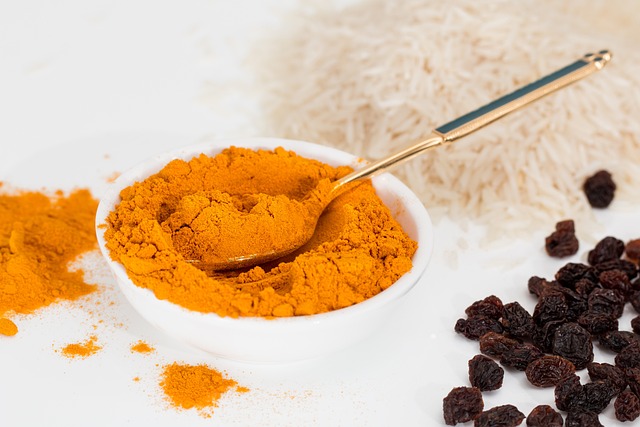A Revolutionary Approach to Vaccination
In a groundbreaking development, scientists at Stanford University have unveiled a novel vaccination method that could transform how we protect ourselves from diseases. Their innovative approach involves a topical vaccine applied directly to the skin, eliminating the need for traditional needles. This research leverages the power of skin bacteria to stimulate a robust immune response.
“We all hate needles — everybody does. I haven’t found a single person who doesn’t like the idea that it’s possible to replace a shot with a cream,” said Michael Fischbach, a professor of bioengineering.
Harnessing the Power of Skin Bacteria
The cornerstone of this revolutionary approach is a common skin bacterium, Staphylococcus epidermidis. By genetically engineering this bacterium to express specific antigens, researchers have created a living vaccine delivery system. When applied topically, these engineered bacteria colonize the skin and trigger an immune response that can protect against various diseases.
Testing the Skin-Based Vaccine
To test this concept, scientists experimented on mice, which do not naturally carry S. epidermidis. They applied the bacteria to the mice’s skin and monitored their blood over six weeks for antibody production.
“Those antibodies’ levels increased slowly, then some more — and then even more. It’s as if the mice had been vaccinated,” Fischbach explained.
“We know it works in mice,” he added. “Next, we need to show it works in monkeys. That’s what we’re going to do.”







